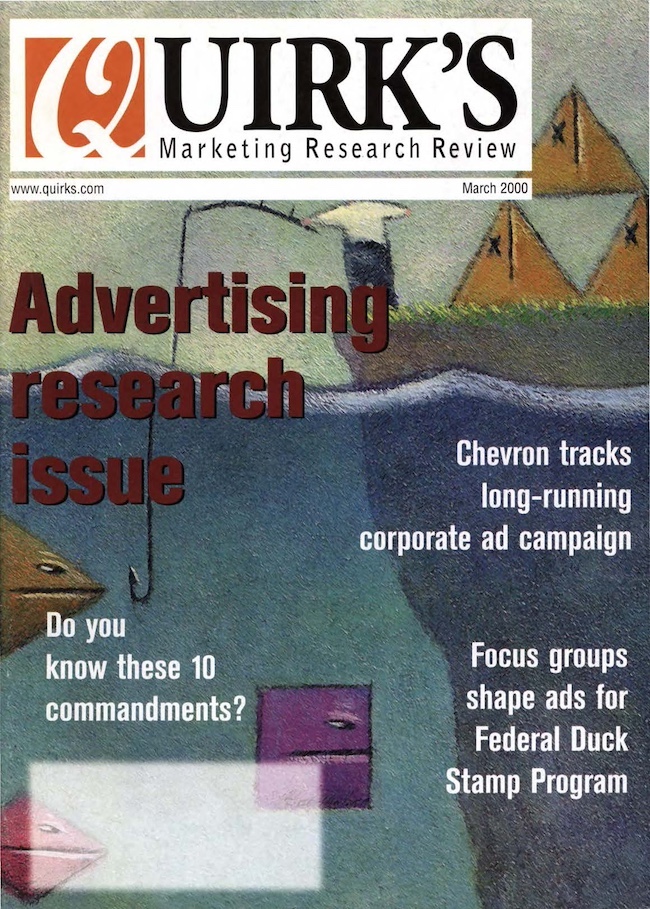Not sold on buying clothes onlines
 Before the normalization of online shopping, many questioned whether it was realistic to purchase clothing via the internet. A March 2000 Survey Monitor entry (“Online apparel shopping hits snags”) stated, “There are still some serious barriers to overcome before apparel shopping over the internet is fully accepted.”
Before the normalization of online shopping, many questioned whether it was realistic to purchase clothing via the internet. A March 2000 Survey Monitor entry (“Online apparel shopping hits snags”) stated, “There are still some serious barriers to overcome before apparel shopping over the internet is fully accepted.”
According to an E-BuyersGuide.com survey, conducted in January 2000, 28% of respondents didn’t buy clothing online because they did not trust the sizing accuracy and 18% worried about the return process. Brand or store familiarity (28%) and the e-retailer having a traditional store (10%) were not as important as low prices (52%) and free delivery (46%). Unsurprisingly, 34% of respondents believed e-mail promotions and click-through advertising banners (16%) were more successful compared to the traditional newspaper (3%) and radio (2%) advertisements.
Case study: Chevron’s People Do campaign
The March 2000 article “Chevron tracks long-running corporate advertising program,” dove into Chevron’s “People Do” campaign, which highlighted its attempts to preserve and protect the environment. Chevron created advertising campaigns with effective messaging using specific examples of the environmental good it did. “It’s interesting that things we spend an awful lot of money to do – such as making our refineries more environmentally friendly – if you try to advertise them, consumers don’t give you as much credit as some less-expensive thing you might do to convey your concern,” said Lewis Winters, manager of opinion research, Chevron Corporation.
While establishing the right approach and message was crucial to the effectiveness of the campaign, credibility in this type of advertising was the critical component. According to Jack Moore, president of Carmelita Inc., “Most people are not prepared to believe statements from oil companies. If the oil company comes out and says, ‘We love the environment,’ there is a tendency to reject it. But if they come out and say, ‘Here is something very specific we did,’ the interest in the case itself brings people into it.”
The ‘underhyped’ internet
The same issue contained an article titled “Advantage: internet – Add online focus group viewing to the list of benefits the Web offers researchers,” which pointed to some of the internet-based advantages the marketing research and insights industry saw. The first two were flexibility and convenience, followed by streaming media. The article explained streaming media and argued that it isn’t about quality, since video compression often distorted the audio and decreased its clarity, but about access. A New Yorker could watch video content from a conference that happened earlier in the day in Los Angeles. “The pictures may be fuzzy and the sound occasionally garbled. But when a Web user clicks on that link and gets media on-demand, that is power.” Streaming could greatly impact the industry, allowing researchers to not only view focus groups, virtual conferences and industry events from the comfort of their homes but also participate and communicate with others in real time.
The piece correctly predicted the next 20+ years, stating, “You have probably heard so much about the internet that you are tired of the hype. But the internet is going to have such a profound difference in the future that it is, in fact, probably underhyped.”